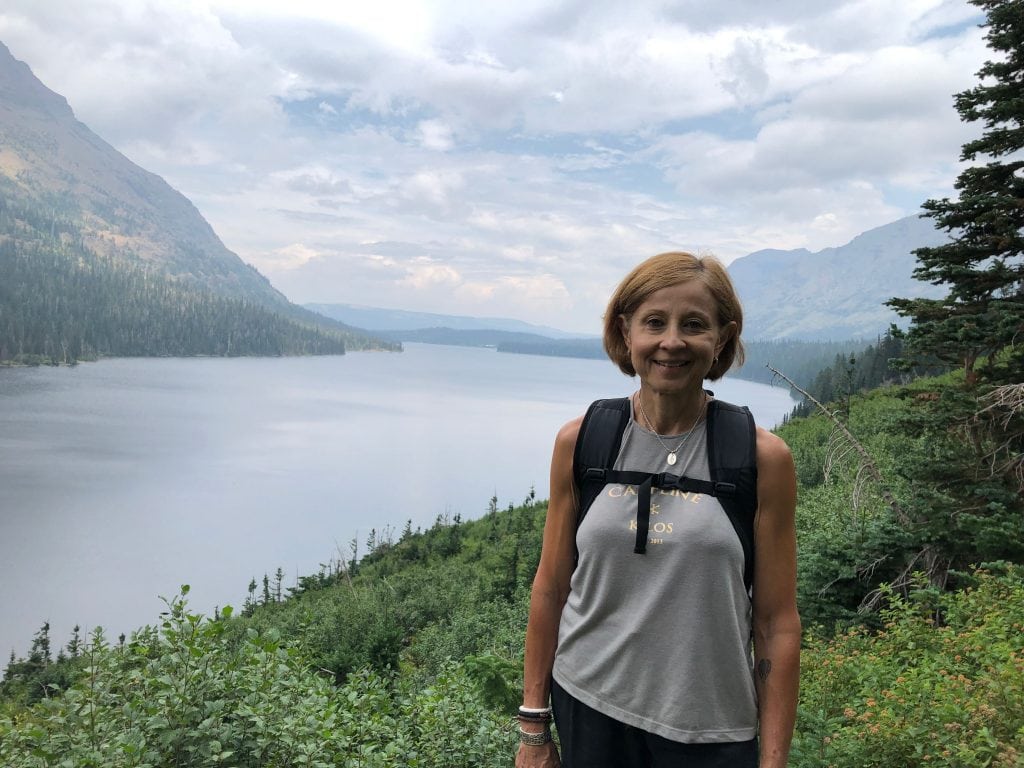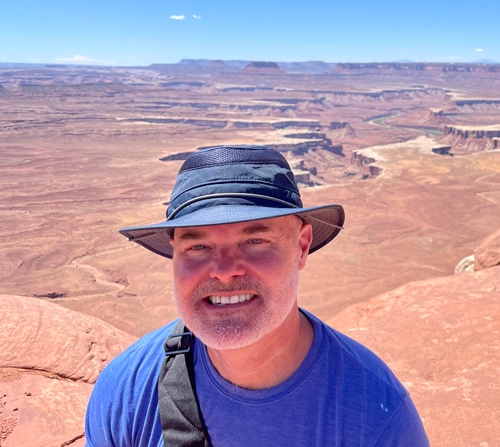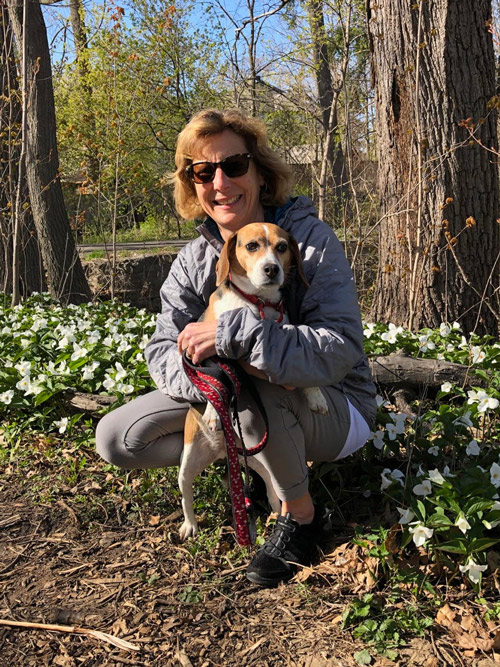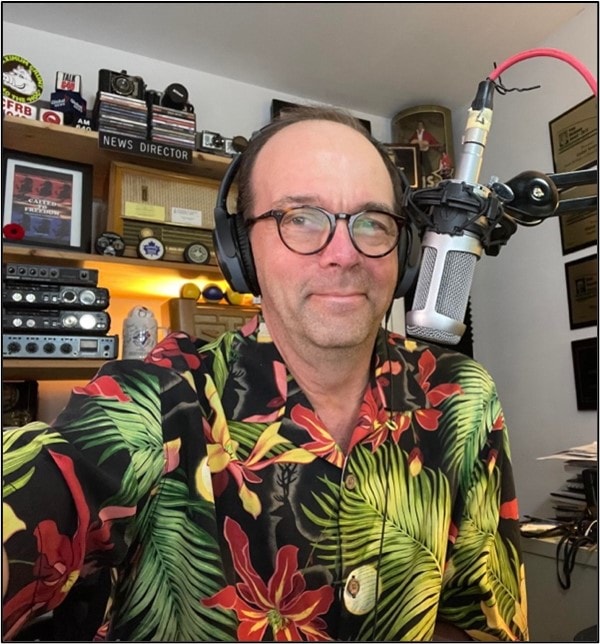This very special episode of the EWN Podcast features Todd Bridges, Founder and National Lead of the Engineering With Nature Program. We’re celebrating his 30-year career and retirement from the US Army Corps of Engineers (on February 28, 2023), and discussing his visionary leadership of EWN and what’s up next for him. Host Sarah Thorne is joined by Dave Trafford, Producer of the EWN Podcast, and Chief Executive Producer, Story Studio Network.
Sarah opens the conversation by sharing her long collaboration with Todd: “Todd, I’ve had the opportunity to work with you the past 15 years—literally half of your career. It’s been a tremendous opportunity for me both personally and professionally; and for that, I truly thank you. I’ve sure learned a lot. It’s been really inspirational, watching you follow your passion and seeing the tremendous accomplishments that you’ve had with EWN and on so many other fronts.”

When asked to reflect on his 30-year journey with the Corps, Todd says: “What resonates most with me are my reflections of and gratitude for the people that I’ve had an opportunity to meet, develop relationships and work with, on meaningful topics. It’s a personal hobby of mine to collect people’s stories, and I have a rich treasure box of stories about people that I’ve met and interacted with and enjoyed over the last 30 years.”
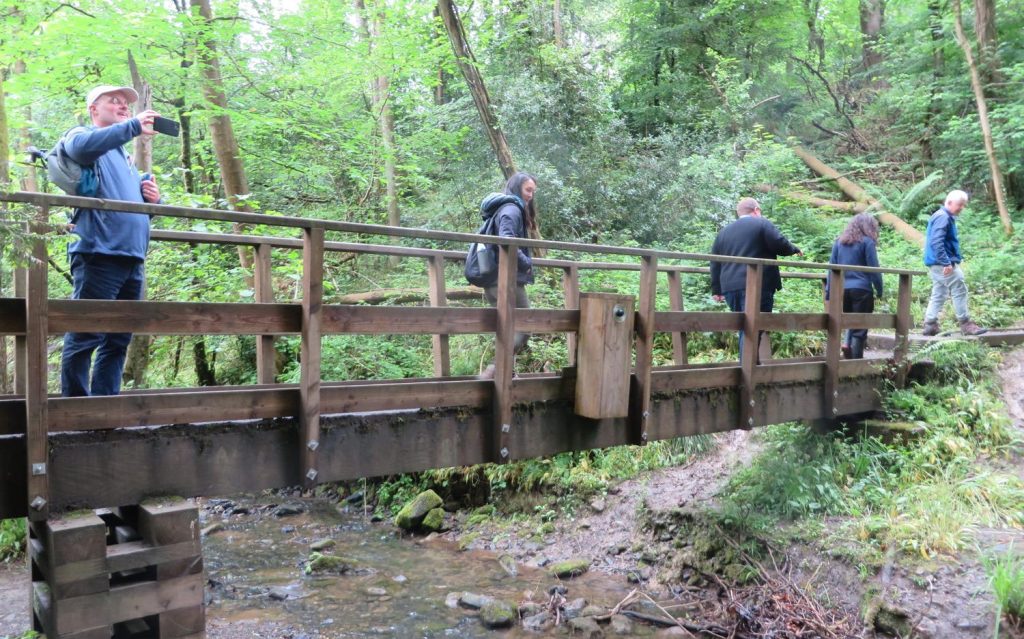
Todd began his career in, as he says, “a very pragmatic way”. When he was completing his doctoral work at North Carolina State University and needed a job to support his family and expectant wife, he received a hand addressed envelope with a job announcement from the Waterways Experiment Station (the predecessor of the today’s Engineer Research and Development Center [ERDC]). “I frankly admit that I had no idea what the Army Corps of Engineers was. I read through this job announcement, and I had a passing thought that somebody was playing a practical joke on me because the description of what they were looking for was exactly in alignment with what I had been doing my doctoral research on. I called them. I applied for a job, and the rest is history.”
Based on her first visit to the Environmental Lab (EL) at ERDC in Vicksburg, Sarah confesses that her mental model was that everyone starts their EL career “stirring mud.” Todd basically agrees and notes that a lot of his career has been in support of the Corps’ navigation program, noting that the Corps annually dredges 200 million cubic yards of sediment out of the 25,000 miles of navigation channels that support commercial and recreational navigation in the US. “That’s a lot of sediment,” Todd adds, “and in connection to EWN, sediment really is the currency for creating nature-based solutions in waterways and shorelines.”
Dave recalls how beneficial use of sediment was discussed in an early episode of the EWN Podcast—S1E2 with Jeff Corbino, Using Natural Forces and Sediment to Restore Costal Marsh Habitat, and how impactful that story was to him. “We talked about how they were using sediment to create an island and habitat and how you have to have high rubber boots because there are going to be snakes. It was so vivid and I thought ‘all of that because you managed the sediment. You were able to let it take its own course and recreated that beautiful habitat all over again.’ You had me hooked on EWN.”

Todd is recognized for his passion for his work. As he says, “It’s so important to be invested in what you’re doing, and you can’t manufacture it. There’s no artificial source for it. What you’re good at, and where you can make a difference, is very strongly associated with what moves you personally. For me, this area of work—humanity’s relationship with nature—is motivating for me on so many levels.” He adds, “Curiosity and creativity are the foundation. If you’re going to make progress, if you’re going to innovate, those are essential ingredients.”
Our conversation moved on to the origins and evolution of EWN. According to Todd, the foundational ideas go back a long time: “If you consider the people who were in North America thousands of years ago, you can see in their efforts what we today might call Engineering With Nature. In the modern era, you can trace these concepts back to the work of a number of different people in the 1960s, such as HT Odum at the University of Florida or Ian McHarg in the field of urban planning and landscape architecture and the publication of his seminal work, Design with Nature, in 1969.” Since then, there has been a progression from practical to a more formal applications in the early 2000s, leading to the Corps’ EWN initiative. As Todd notes, “In 2010 we had our formal kickoff of the Engineering With Nature Initiative, and it really focused on this idea of finding the sweet spot—this productive harmony between people, humanity, human systems, and nature.”
Today there are a lot of people and organizations working in this space. As Todd explains, “We’re benefitting from the ability to leverage technology to share and connect with each other. I think that is part of the reason why our progress in this space has been accelerating the way it has. We’ve been leveraging those channels to share our collective experience.” As an example, he notes the International Guidelines on the Use of Natural and Nature-Based Features for Flood Risk Management published by the Corps in September 2021 that brought together over 130 contributors and authors from more than 75 organizations around the world.
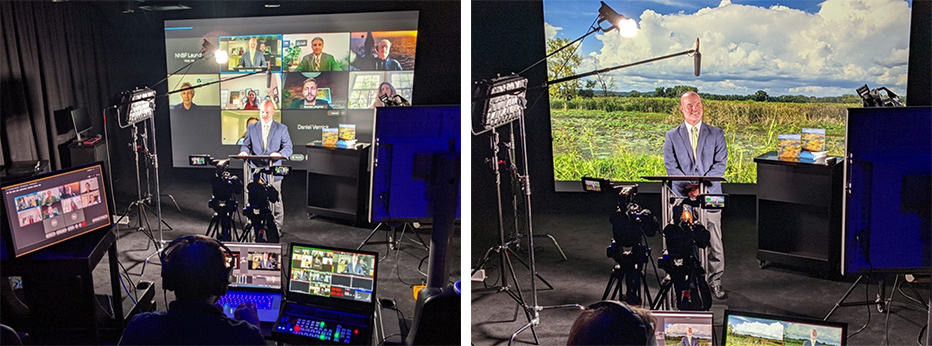
Looking to the future of EWN, Todd is optimistic and confident that EWN is in good hands. “As I’ve said before, many times, the future for Engineering With Nature is bright. The reason is a combination of many things, but one of the fundamental reasons is that the team is strong. The team within the Corps of Engineers and with our partners and stakeholders is well positioned to move forward and make great strides and great progress. I look forward to observing and contributing to that as I can. I’m just so impressed by the team members across our organization, including Jeff King who takes over as Lead of the EWN Program. I’ve sometimes said he’s my right hand, but that’s quite inadequate. I could say he’s my right side. I’m looking forward to watching him take EWN to the next level.”

After taking what he calls a “breather month” to recharge, Todd will become a professor in the College of Engineering at the University of Georgia. “I’m very much looking forward to having the opportunity to work with people and organizations across the country and around the world that want to move forward and to make progress in this area of work. And I’m really looking forward to spending time and effort investing in the next generation. I’m so impressed and really inspired by this next generation of students and how they’re combining their values and their passion to what they’re thinking about they’re going to do professionally. There’s just a lot of interest in EWN and nature-based solutions. I’m really looking forward to helping students and contributing to the educational reform I think that’s needed to be able to create future professionals that can work and collaborate in this area of partnering with nature.”
